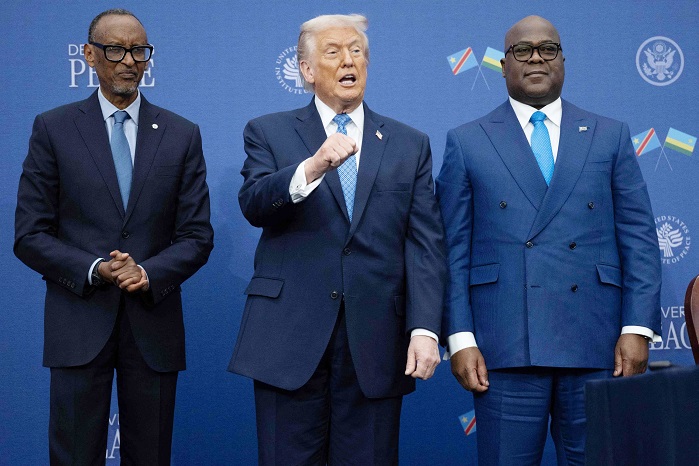
“As the home of manufacturing in Uganda, we have lined up thousands of goods and services to be offered at a lower price than the going rates outside the show ground,” he said.
He said that they have an exciting women’s pavilion which is dedicated and designed to increase the percentage of women in manufacturing.
“At the moment, men make up about 92% of the registered manufacturers at UMA and we want this status quo to change because we know that our success as an organization will greatly increase with more women in our ranks,” said Ssenkumba.
He said they also have the industrial education pavilion which has been dedicated to increase young people’s interest in manufacturing. “Because that is how we can build continuity as a nation. As citizens of a nation whose population is largely dependent on agriculture, they also have the agriculture pavilion which will cater to agro-processing and production of quality inputs.
“For farmers struggling with substandard agriculture inputs, the agriculture pavilion is going to show the visitors how to improve on inputs, and how to improve on the way you till your land.”
While addressing the media at the Uganda Media Centre in Kampala recently, Deo Kayemba, the UMA chairman of the Uganda Manufacturers Association, , stated that over the past three decades, the Uganda International Trade Fair has been a cornerstone of industrial growth, economic development, and international collaboration.
“Since its inception, the fair has expanded from a modest exhibition to East Africa’s premier business development platform, attracting over 1,360 exhibitors from across the globe including countries like China, Egypt, India, Kenya, South Africa, Turkey, the UAE, and many more.
Ssenkumba said the agricultural pavilion will be dedicated to enhancing the skills of farmers, SACCOs and cooperatives and will focus on training in value addition and agro-processing.
“Uganda’s 33,000 SACCOs and cooperatives form the backbone of rural economy,” yet it has been neglected,” he said.
He said that the fair will also have a Job link desk, where attendants will respond to the industry’s need for skilled labour.
“The job link desk will bridge the gap between job seekers and manufacturers. It will also go a long way towards revamping business matchmaking programs.
Kayemba highlighted some of the achievements they have made over the years such as converting the manufacturing sector into a powerhouse contributing 15.7% to Uganda’s GDP, 30.3% of the nation’s tax revenue, and employing over 2 million people.
“With manufacturing driving 70% of the country’s electricity consumption, this sector has evolved into the largest single contributing sub-sector of the economy,” he said.
He noted that they nurture startups and facilitate the expansion of established brands.
“The trade fair has provided a launching pad for business to reach national, regional, and global markets,” he said, adding that the manufacturer’s have grown from a small group of manufacturers into a robust body representing over 11 platforms and 26 diverse sectors, ranging from agriculture to textiles, construction, technology and others.




